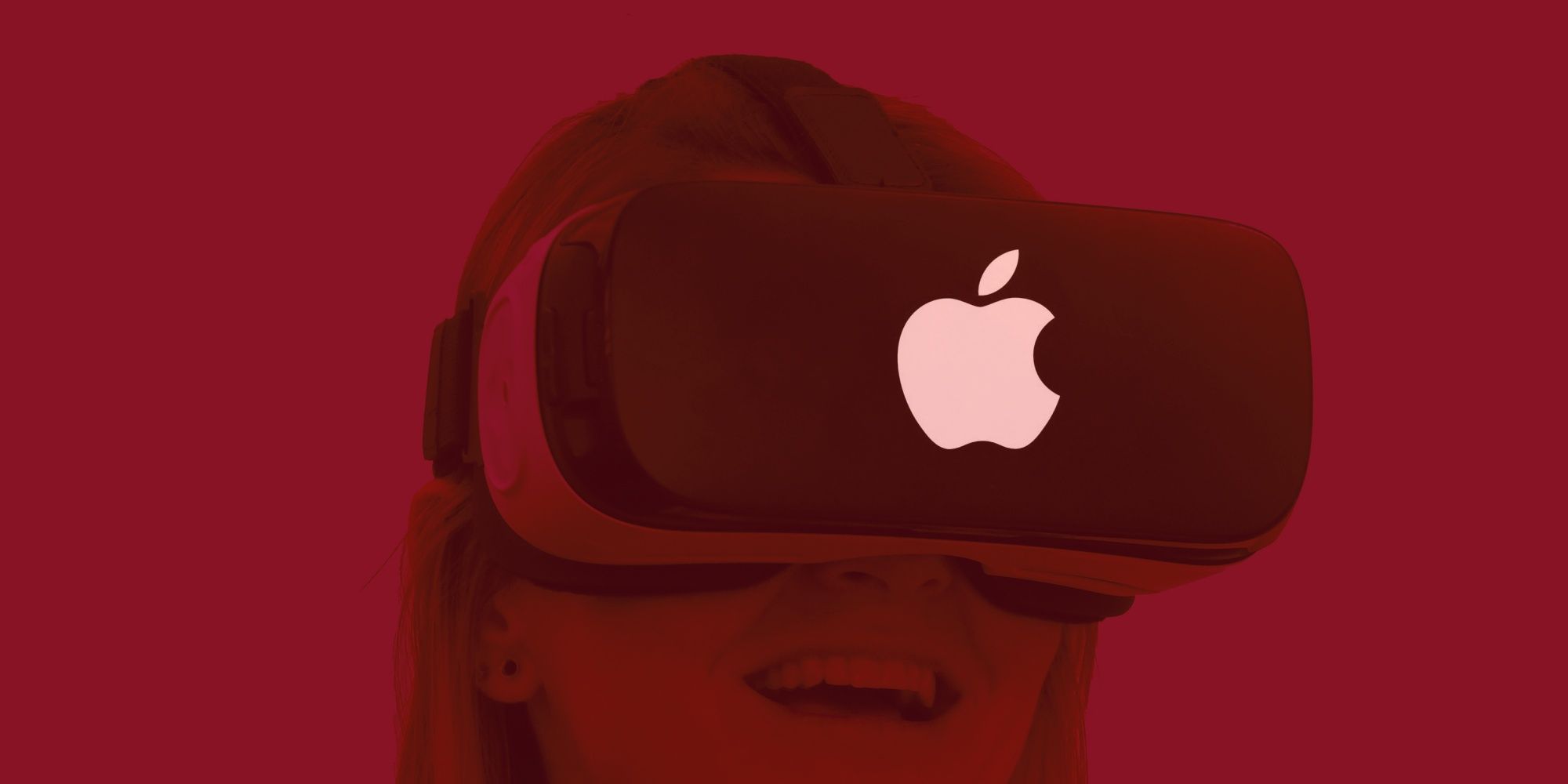Apple's upcoming mixed reality headset will reportedly tap into the firepower of its next-gen M2 processor, the same silicon that also powers the company's latest MacBook Air and MacBook Pro machines. Apple's headset is touted to be one of the most advanced of its kind, with no less than 14 cameras for limb and facial expression tracking. The latter is important, as the company reportedly plans to enable FaceTime calls via Memojis for folks joining a video call via the headset.
Sony is said to be supplying micro OLED panels for the headset that reportedly offer a combined 8K resolution, complete with a "pass-through" facility. The idea here is that the external cameras will stream whatever falls in the lenses' view to the high-resolution curved display panel on the inside. Apple is even rumored to be working on its own augmented reality/virtual reality operating system called realityOS, which is a clear sign that the company is aiming for a fleshed-out metaverse ecosystem. And to make it work, it would need computing brains with the requisite amount of firepower.
In the latest edition of his PowerOn newsletter, Mark Gurman notes that the company's upcoming AR/VR headset will come equipped with the M2 processor. Previous rumors had predicted that the wearable device would come armed with an M1-class processor. Apple's headset was once supposed to work as a tethered device, deputing a big chunk of its computing duties to the connected device, which can be an iPhone, iPad or a Mac. However, the company's engineers eventually went in favor of a standalone device, fueling speculation about the chip powering it. Gurman claims that the M2 silicon inside the AR/VR headset will be accompanied by 16GB of RAM, matching what the company offers in its Mac hardware.
Plenty Of Power & Potential
Interestingly, TFI Securities analyst Ming-Chi Kuo recently predicted that Apple's headset would pack a primary processor for heavy-lifting and a co-processor for handling the sensors aboard. With a chip as powerful as the M2, it is evident that Apple wants it to drive more than just graphics-intensive apps. Spatial Audio is already said to be on the table, and the tech from TrueDepth camera hardware is also rumored to make its way to the tablet for gesture tracking. In addition, SharePlay – the tech that allows users to watch movies and stream music together with friends and family members while on a FaceTime call – is also touted to be an integral part of the headset experience.
Apple will expand on it, allowing multiple users wearing the headset to join in on a multiplayer gaming experience. Kuo has also predicted that Apple's first metaverse hardware will also employ advanced eye-tracking hardware alongside an iris recognition system. Unsurprisingly, all that innovative hardware and impressive capabilities will cost a pretty penny. Reliable sources predict that it would easily cost north of $2,000 a pop, and even that is pegged to be the lowest possible estimate if Apple initially wants to move a lot of units at a subsidized cost to create a market.
Source: Power On / Bloomberg


